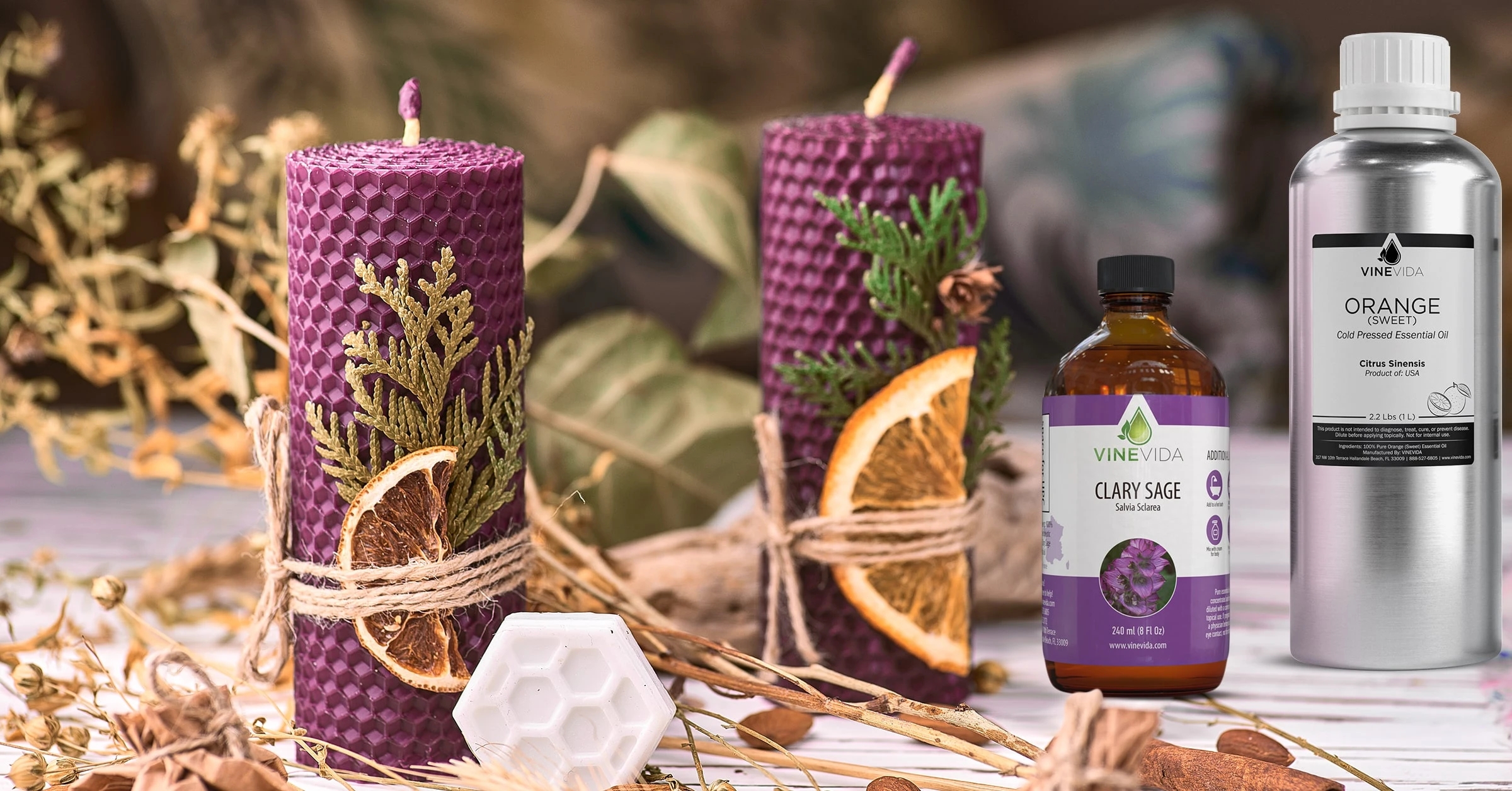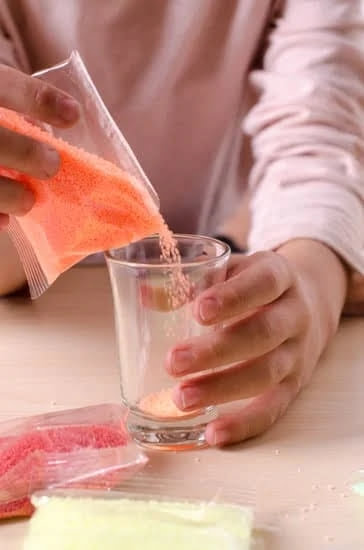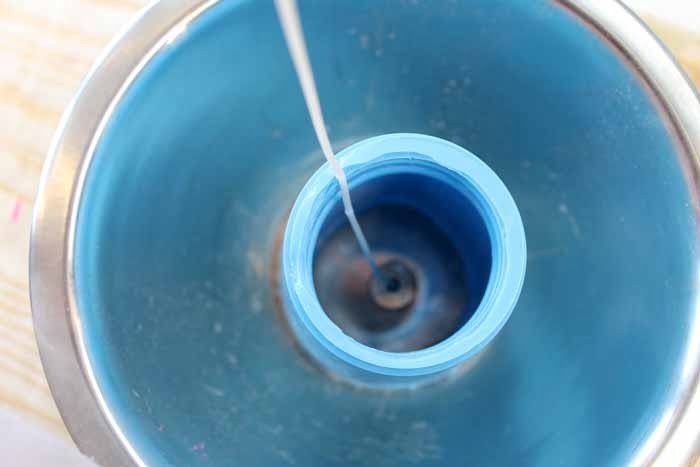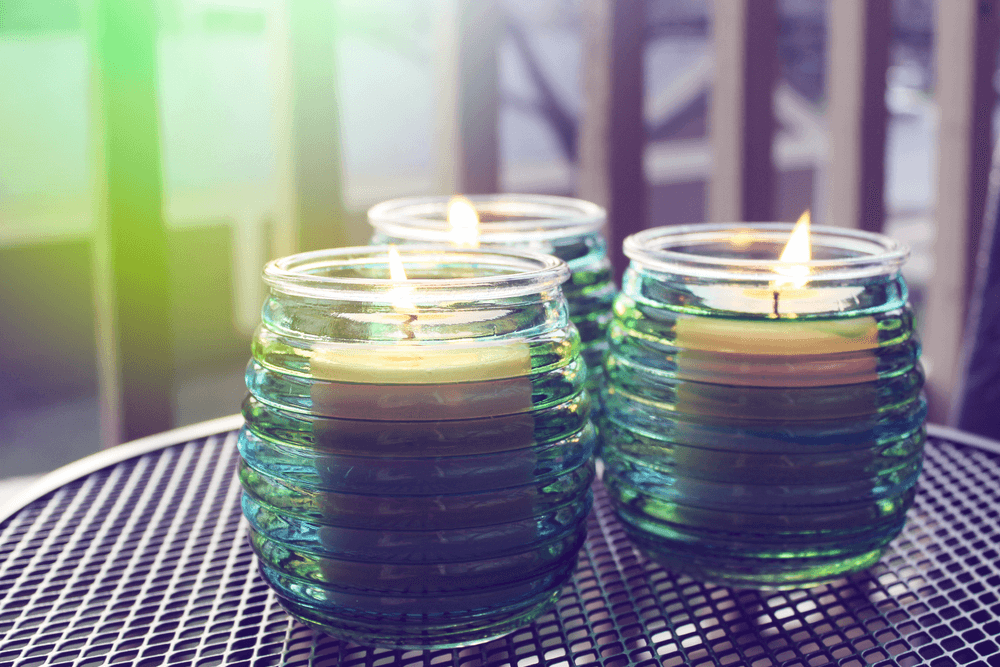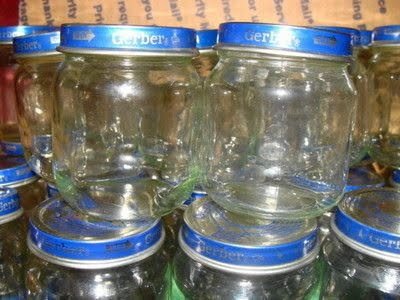When diving into the art of candle making, having a comprehensive candle making supplies checklist is essential for a smooth and organized process. This checklist serves as a guide to ensure you have all the necessary tools and materials on hand before you begin creating your candles. By having a well-prepared checklist, you can streamline your candle making process, avoid interruptions, and focus on bringing your candle-making visions to life efficiently.
From essential tools like a double boiler and thermometer to various waxes such as soy wax, beeswax, and paraffin wax, each item on the checklist plays a crucial role in creating high-quality candles. Understanding the importance of these supplies and having them readily available can make a significant difference in the outcome of your candle creations. Whether you are a beginner or an experienced candle maker, having a detailed checklist ensures that nothing is overlooked during the creative process.
Moreover, organizing your candle making supplies through a checklist can help you stay on track with your projects and easily identify any missing items or replenish materials as needed. This systematic approach not only saves time but also promotes safety in handling potentially hazardous materials like waxes and dyes. In the following sections, we will delve deeper into the essential tools, waxes, fragrances, wicks, colorants, containers, and safety precautions that are vital components of successful candle making endeavors.
Essential Tools
When it comes to making candles, having the right tools at your disposal can make a significant difference in the quality of the end product. A proper candle making supplies checklist should always include essential tools that are necessary for a smooth and successful candle making process.
One of the crucial tools needed is a double boiler, which helps in melting wax evenly and safely without direct heat. This ensures that the wax is not overheated or burnt, resulting in a better candle texture.
Another indispensable tool for candle making is a thermometer, specifically a candy or digital thermometer, to monitor the temperature of the melted wax accurately. Different types of waxes have specific melting points, so using a thermometer helps maintain the ideal temperature during each stage of the candle making process.
Additionally, molds are essential tools for shaping the candles into different forms and sizes. Silicone molds are popular due to their flexibility and ease of use, allowing for creativity in candle designs.
Ensuring you have these essential tools from your candle making supplies checklist will set you up for success in creating beautiful and fragrant candles. Along with these tools, other items such as stirring utensils, a scale for measuring ingredients accurately, and a work surface covered with newspaper or parchment paper to catch spills are also beneficial during the candle making process.
Investing in high-quality tools will not only make your candle-making experience more enjoyable but will also result in professional-looking candles that you can proudly display or gift to others.
| Essential Tools | Description |
|---|---|
| Double Boiler | A tool that helps melt wax evenly and safely without direct heat. |
| Thermometer | Used to monitor the temperature of melted wax accurately. |
| Molds | Necessary for shaping candles into different forms and sizes. |
Waxes
When it comes to making candles, choosing the right wax is crucial for achieving the desired results. There are several types of waxes available in the market, each with its own unique characteristics and benefits. Here is a breakdown of some of the most popular waxes used in candle making:
- Soy Wax: Soy wax is a natural and renewable wax made from soybean oil. It burns cleanly and slowly, making it ideal for container candles. It also has excellent scent throw, allowing the fragrance of the candle to disperse effectively.
- Beeswax: Beeswax is a natural wax produced by honeybees. It has a sweet, honey-like aroma and burns longer than other waxes. Beeswax candles emit negative ions when burned, which can help purify the air in your home.
- Paraffin Wax: Paraffin wax is a byproduct of petroleum refining and is one of the most common waxes used in candle making. It has a good scent throw and excellent burn time, making it suitable for various types of candles.
In addition to these popular options, there are also other waxes like palm wax, gel wax, and coconut wax that offer their own unique properties. Choosing the right wax depends on factors such as the type of candle you want to make, the desired burn time, and personal preferences regarding sustainability and scent.
When creating your candle making supplies checklist, be sure to consider which type of wax best suits your needs based on factors like fragrance throw, burn time, eco-friendliness, and ease of use. Each type of wax requires specific handling and pouring temperatures to ensure successful candle making results.
Whether you opt for soy wax for its eco-friendly properties or beeswax for its natural benefits, selecting the right wax is an essential step in creating beautiful and fragrant candles that will enhance any space with warmth and ambiance. Remember to include your preferred choice of wax in your candle making supplies checklist so you can have everything you need on hand for your next creative project.
Fragrances
When it comes to creating beautiful and aromatic candles, choosing the right fragrances is crucial. Adding scents and essential oils to your candles can elevate the ambiance of any space. From calming lavender to uplifting citrus scents, there are endless options to explore. One important aspect of selecting fragrances for candles is ensuring they are made specifically for candle making to achieve optimal results.
Incorporating essential oils into your candles not only enhances the scent but also offers potential aromatherapy benefits. For example, using eucalyptus oil can promote relaxation and clear breathing, while peppermint oil may help boost focus and energy. It’s essential to carefully measure the amount of fragrance oils you add to your candle wax to avoid overpowering scents or compromising the candle’s burning performance.
When choosing fragrances for your candles, consider the intended use of the candle and the preferences of those who will be enjoying them. Whether you’re creating candles for relaxation, meditation, or as a decorative piece in your home, selecting the right scents will play a significant role in achieving the desired atmosphere. By experimenting with different fragrance combinations, you can create unique and personalized candles that cater to various preferences and occasions.
| Fragrance Type | Aromatherapy Benefits |
|---|---|
| Lavender | Promotes relaxation and stress relief |
| Vanilla | Creates a warm and comforting ambiance |
| Citrus (e.g. Lemon, Orange) | Uplifting and energizing properties |
Wicks
When it comes to candle making, wicks play a crucial role in the overall quality and performance of the finished product. Choosing the right wick for your candle is essential to ensure proper burning, fragrance throw, and overall aesthetics. In this section, we will delve into the various types of wicks available, their sizes, materials, and why they are important in the candle making process.
Types of Wicks
There are several types of wicks to choose from when making candles, each designed for different purposes. Cotton wicks are commonly used due to their clean burn and minimal soot production. Wood wicks create a crackling effect reminiscent of a fireplace and add a unique touch to candles.
Coreless wicks are suitable for containers as they provide stability without a metal core that can interfere with burning. It is essential to match the type of wick with the specific wax and container you are using to achieve optimal results.
Choosing the Right Size
Selecting the correct wick size is crucial to ensure that your candle burns evenly and consistently. Wicks come in various sizes ranging from small (4/0) to large (60), with each size dictating how much wax it can consume while burning.
A wick that is too small may result in tunneling, where only the center of the candle melts, while a wick that is too large can cause excessive smoking and dripping. Experimenting with different sizes based on your container size and wax type is key to finding the perfect match.
Materials
Wicks can be made from different materials such as cotton, wood, or paper, each offering unique characteristics. Cotton wicks are popular for their consistent burn rate and minimal mushrooming at the tip. Wood wicks provide an aesthetic appeal with their crackling sound but require more maintenance during burning.
Paper core wicks offer stability and rigidity but may not burn as cleanly as cotton or wood alternatives. Considering factors like burn time, flame height, and scent throw can help determine which material will work best for your specific candle-making project.
By understanding the importance of selecting the right wick for your candles based on type, size, and material, you can enhance the overall quality and appeal of your creations. Experimenting with different combinations will allow you to customize your candles according to your preferences and create unique pieces that stand out. Remember to refer back to your candle making supplies checklist when purchasing wicks to ensure you have everything you need for a successful candle making endeavor.
Colorants
In addition to liquid dyes, another popular choice for coloring candles is using chips or dye blocks. These solid pieces of colorant can be easily melted into the wax mixture and provide intense and vibrant colors. Chips come in a variety of colors and can be mixed together to create custom shades, giving candle makers more control over the final look of their candles.
For those looking for natural options, mica powders are a great alternative for coloring candles. Mica powders are mineral-based pigments that provide a subtle shimmer and luster to candles. They come in a range of colors derived from natural sources like minerals and earth elements, making them a preferred choice for eco-conscious candle makers.
With mica powders, candle makers can add a touch of sparkle and elegance to their creations while staying true to their commitment to using natural ingredients in their products. Incorporating these different colorants into your candle making supplies checklist ensures that you have the tools needed to unleash your creativity and bring your candle designs to life with beautiful colors.
Containers
Jars
One of the most popular choices for candle containers is glass jars. They come in various sizes and shapes, making them versatile for different candle styles. Jars are perfect for container candles as they provide a transparent view of the burning candle, creating a warm ambiance when lit. Glass jars also allow for easy customization with labels or decorations to personalize your candles.
Tins
Tin containers are another great option for making candles, especially if you prefer a more rustic or travel-friendly design. Tin containers are durable and can withstand higher temperatures, making them suitable for soy wax or beeswax candles that burn hotter than paraffin. They are also lightweight and can be easily carried around, making them ideal for portable candles like travel tins or camping candles.
Pillars
For those looking to create freestanding candles without the need for containers, pillar molds are the way to go. Pillar candles have a distinct shape and can stand alone without any external support. These molds come in various sizes and designs, allowing you to experiment with different pillar candle styles. Whether you prefer smooth pillars or textured ones, using pillar molds gives you the freedom to explore different shapes and sizes in your candle-making journey.
When creating your candle making supplies checklist, consider the type of candles you want to make and choose the appropriate containers accordingly. Whether it’s glass jars for classic container candles, tin containers for practicality, or pillar molds for freestanding creations, having a variety of container options on hand will ensure that you can bring your candle-making ideas to life efficiently.
Safety Precautions
In conclusion, creating a well-organized candle making supplies checklist is essential for ensuring a smooth and efficient candle making process. By having a comprehensive list of all the necessary tools, materials, and safety precautions in place, you can streamline your workflow and prevent any unnecessary hiccups along the way. This checklist not only helps you stay organized but also ensures that you have everything you need on hand before starting your candle making project.
When it comes to working with candle making supplies, safety should always be a top priority. Following safety guidelines diligently can help prevent accidents and ensure a safe working environment. From using protective gear like gloves and goggles to setting up your workspace in a well-ventilated area, taking the necessary precautions can make a significant difference in minimizing risks associated with handling hot wax, fragrances, and other potentially hazardous materials.
Remember to refer back to your candle making supplies checklist regularly to replenish any depleted items and stay prepared for your next project. By staying organized, prioritizing safety, and being mindful of best practices when working with candle making supplies, you can enjoy the creative process of crafting beautiful candles while keeping yourself safe throughout the entire journey.
So keep your checklist handy, check off each item as needed, and let your creativity flow as you dive into the art of candle making.
Frequently Asked Questions
What Items Do I Need for Candle Making?
To start candle making, you will need essential items such as wax, wicks, a double boiler or microwave-safe container for melting wax, a thermometer, fragrance oils or essential oils for scent, and a stirring utensil. Additionally, molds or containers to shape the candles and coloring agents can be used to create unique designs.
What Is the 84 Candle Rule?
The 84 Candle Rule is a guideline used in candle making to determine the maximum number of candles that should be burned in an area at one time. It suggests that no more than 84 candles should be lit per room to ensure proper ventilation and reduce the risk of fire hazards.
Adhering to this rule helps maintain a safe environment when using candles.
What Are the Raw Materials for Candles?
The raw materials commonly used for making candles include wax (such as paraffin, soy wax, beeswax), wicks made from cotton or other natural fibers, fragrances for scent (essential oils or synthetic fragrances), and dyes for coloring. Additives like stearin can also be incorporated to improve burning characteristics.
These raw materials are essential in creating different types of candles with varying scents, colors, and textures.

Welcome to my candle making blog! In this blog, I will be sharing my tips and tricks for making candles. I will also be sharing some of my favorite recipes.

